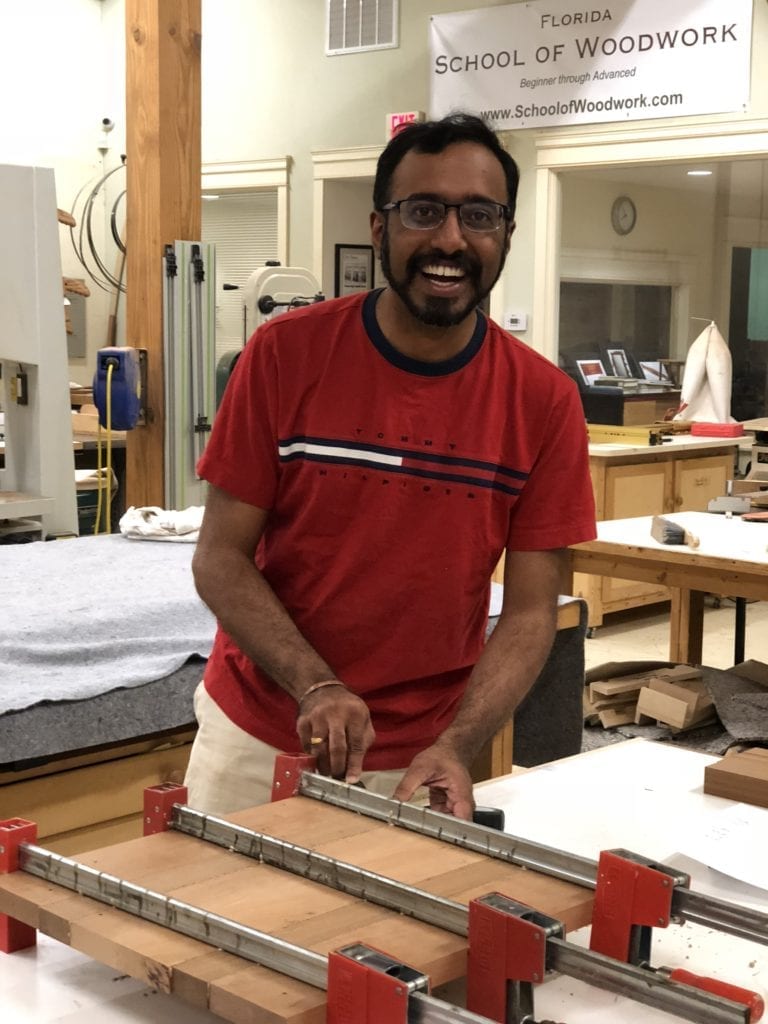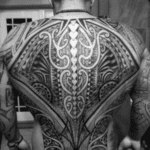Design Techniques that Pack a Punch [Infographic]
When we first start learning to do a craft such as woodworking, carving, woodturning it is generally a three step process – we start with the mechanics – how to physically use the tools and machinery, then we progress to technical skills and finally we get to play and use our inspiration and creativity to make those things we have aspired to. It is at this last stage that new makers often falter, believing they are not creative enough. Here are four design techniques you can use to help advance the appearance of your furniture.
-
Use Patterns
Pattern packs a punch. Take a look at these widely varying patterns and think about what your eyes and brains are doing while you do.
Brains Like Patterns
So why does using pattern in our craft make a difference to the enjoyment of a piece?
From a science stand point, we know that the brain likes solving problems. Its got a 100 billion neurons (swag) that get all fired up when its trying to solve a problem or figure out a pattern – the eyes have to dart around, collect data, the brain has to take it all in and when it does, the ventromedial prefrontal cortex lights up (yeah, I had to look that up) and the brain gives itself a pat on the back. That pat on the back is a shot dopamine.

The Emotional Response to Pattern
Dopamine makes us feel good and that’s where the emotional response that calls to maker in all of us. Many new woodworking students say, “oh I’m not creative” but it’s not true. They are there in class because they are yearning to express…to be a maker is to create. To be able to create our own patterns, to solve the math and the beautiful complexity of our world with wood is a profoundly, soul deep rewarding process.

I’ve been particularly enamored with the boxes that Matt Kenney’s students made recently. They seemed to radiate serenity and I’ve been trying to figure out why. Perhaps the patterns were so clean, so simple, that the brain reward was a quiet hum rather than a marching band excitement and the emotional reward was the pleasure of knowing that these little boxes would carry forward the time and stories of trees that they were made with….

2. Texture
Who doesn’t touch stuff? We all do right? If you don’t think so watch people the next time you are in a grocery store. We do it because it is a way of feeding our ventromedial prefrontal cortex info – it’s a way to understand and engage in our world, so why not use this to your advantage? Adding texture to your work using chisels like Michael Cullen does with his bandsaw boxes, Dixie Biggs with her power carving and pyrography turned pieces, or the varied depths and dimensions that you can see in the cabinet by Hong Hyunsoo.
3. Use Color
Master craftsmen and women wield color like magicians. Color is the combination of hue (this is color name – like red or yellow or green) , value (this is how light or dark it is – eg grass green or kelly green) and intensity (how bright it is).
It is useful to purchase a veneer sample pack to help you when trying to figure out which woods will help to emphasize your design. Take a look at these pieces and think about how they would look if they were all made in one species or there was no differentiation of hue, value or intensity.
Look at how the dark colors appear stronger, heavier, bolder and create a feeling of stability, whereas lighter colors appear delicate.
From left to right the makers are Michael Fortune, Andrew Gibson, Peggy Schmid, Kate Swann, Jennifer Harper and Tim Coleman – all of whom teach at the Florida School of Woodwork.
So you can see how using any of these different design techniques can really improve the impact of your pieces. With the next piece you make, have a go, just use one of them and see the difference it makes.






